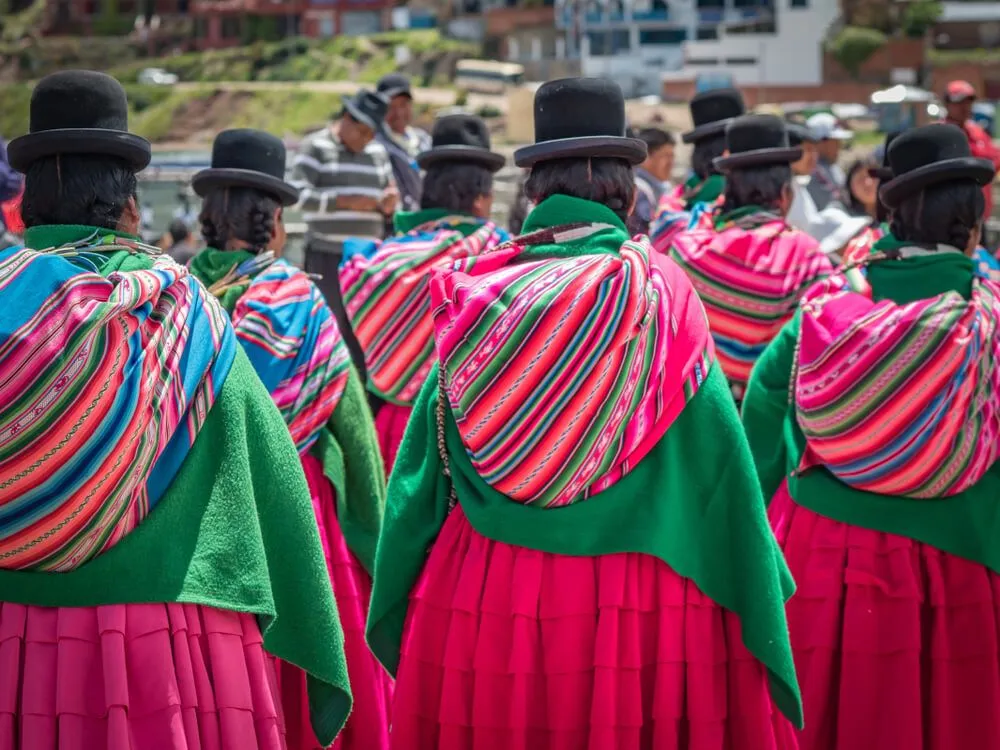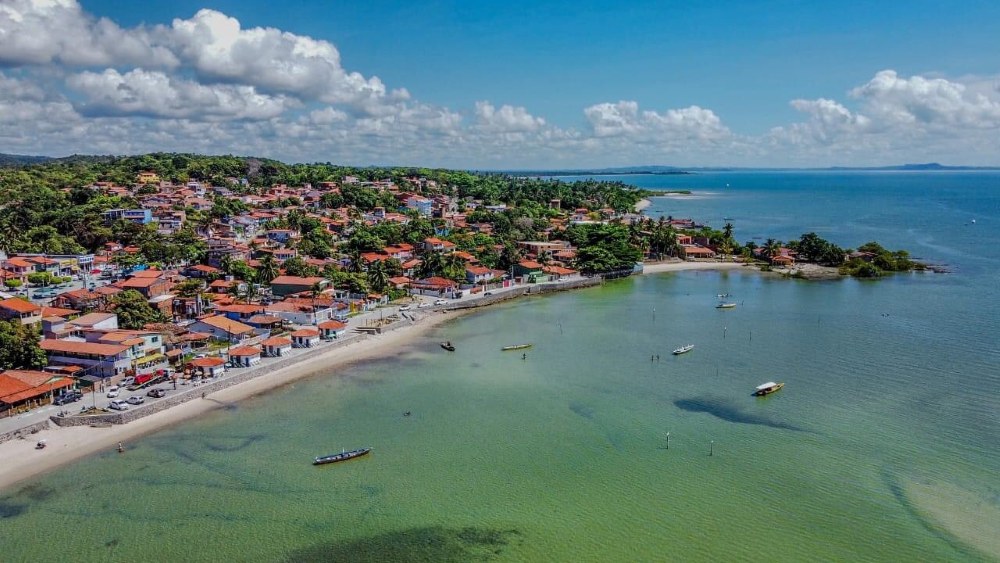Walking through the streets of La Paz, Bolivia, there’s something that catches the eye among the cobbled streets and bustling markets: bowler hats, known as ‘Bombin‘ to the cholitas. These are no mere accessories. They are chosen with care, meticulously maintained and worn with precision. It’s not a casual choice, but an affirmation of tradition.
European origins
The first trace of a hat with this distinctive shape was found in the south of France, on a 16th century religious work depicting Joseph wearing this headgear. The bowler hat as we know it today, with its rigid brim, was first made in England in 1849 by Thomas and William Bowler at the request of Edward Coke – nephew of the Earl of Leicester – who needed a sturdier and less lofty alternative to the top hats that often fell off during hunting parties. The result was a semi-spherical felt hat with a low crown – initially nicknamed Coke hat after its patron – which went on to become – under the name Bowler hat o billycock– an iconic accessory for many characters, including Charlie Chaplin and John Steed.
Over time, it gained popularity among office workers, bankers and civil servants in England. Even members of the Royal Guards incorporated it into their uniforms, cementing its status as a symbol of sophistication and authority.
His arrival in Bolivia
To date, there is no official version of how the hat arrived in Bolivia, but one of the most widely accepted stories dates its introduction to the 1920s. British merchants, trying to sell hats to Bolivian railway workers, soon realised that the imported sizes were too small for men. Rather than let the merchandise go to waste, they launched an advertising campaign targeting the women of La Paz, presenting the hat as the latest European fashion trend.

Indigenous women, long excluded from the fashion dictated by the elite, adopted the bowler hat as an expression of self-determination. They didn’t just incorporate it into their dress, they gave it meaning. The way a cholita tilts her bombin can signify her marital status: centred for married women, slightly askew for bachelors or widows, and tilted backwards for those in complicated relationships. According to tradition, the hat was also thought to enhance the fertility of those who wore it.
Cholitas: Tradition, identity and transformation
Few images are as emblematic of Bolivia as that of the cholitas of La Paz. But their name has not always been associated with pride. For decades, the word was used as a derogatory term to describe indigenous and mestizo women, who were discriminated against and excluded from many areas of society, including work and public life. Today, they are entrepreneurs, artists, activists and even professional wrestlers, defying outdated stereotypes in the arenas where they perform breathtaking acrobatics in their trademark pollera skirts.
These Andean women are no longer confined to markets or religious festivities; they have also distinguished themselves in fashion shows, beauty contests and cultural festivals that celebrate their identity. Documentaries such as The Fighting Cholitas – which won awards at the Sundance Film Festivals and Aspen – have brought their story to an international audience, highlighting their resilience and determination.
Documentary trailer:
Our article: South Lipez: the wonder of the Altiplano
A unique object

For the Cholitas, the bombin is an essential part of their identity. They look after it meticulously, protecting it from dust and rain. It’s not just a hat, but a deeply personal object, often adorned with elaborate ribbons, feathers and intricate details that reflect the style of each of them.
Beyond its cultural significance, it is also a luxury item. High-quality versions can cost hundreds or even thousands of dollars, making it a coveted status symbol.
The bombin is more than just a fashion choice; it’s a piece of living history. Worn with elegance and pride, it has evolved along with the cholitas, adapting to modern times without losing its essence. Today, it remains a powerful emblem of tradition and resilience, proof that culture is not static but constantly evolving, shaped by those who wear it.
Full documentary: The Fighting Cholitas (2006)
Photos: Todd Antony | Andres Herbas | Kena Betancur








